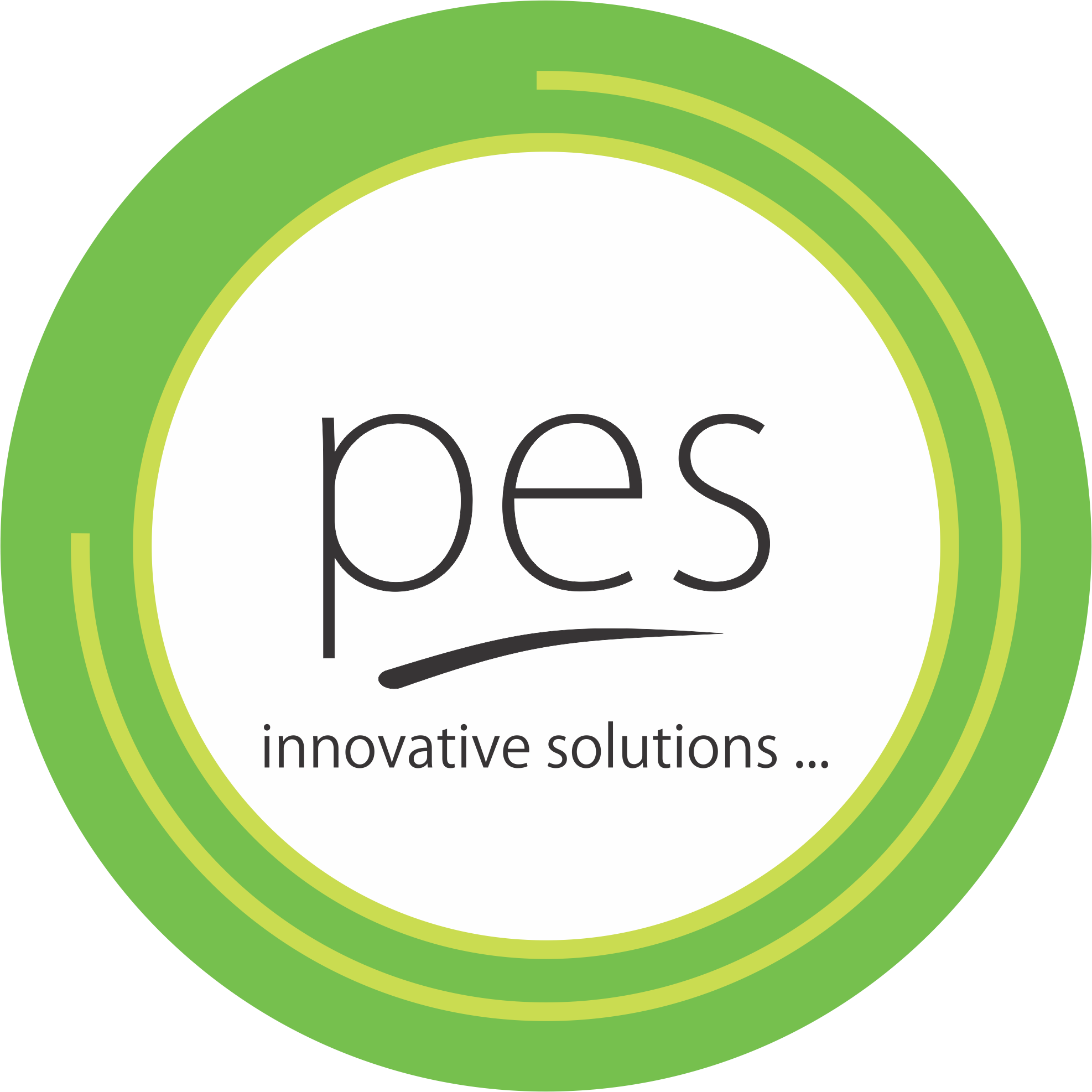One of the finest internet marketing techniques to help your company increase website traffic, target quality prospects, and increase conversions and income is SEO. Because of this, SEO is essential to a successful company strategy.
However, SEO encompasses a variety of tactics.
In actuality, SEO is a catch-all word for a variety of smaller tactics that combine to raise your website's position on Google (or other search engines) and build a powerful tool for producing conversions and sales.
Some of the fundamental SEO tactics we do to optimize websites include:
Website SEO audits
Keyword research
Content creation and research
On-page optimization
Through an audit of your website, our committed SEO specialist may identify chances for your SEO strategy as well as areas that need development. Therefore, before creating your strategy, our SEO professionals conduct a technical SEO analysis.
Your SEO audit will include the following checks by our team:
Your website
Your website analytics
Your Google Search Console data
And more
Our SEO team makes use of a number of SEO technologies to get the finest outcomes and insights into your website. With the help of these tools, we can do a multifaceted SEO audit of your website and offer your company a competitive SEO plan.
You won't rank or show up in the search results that have the best possibility of reaching your target audience if you don't conduct keyword research. For your business to be successful with any online marketing plan, including SEO, it's critical to focus on your ideal client or consumer. Because of this, conducting keyword research is essential to a successful SEO strategy.
By adjusting to user search habits, it helps your business connect with new prospects or customers. You optimize your content and convince people that your business understands their requirements by using the words, phrases, and other language that your audience uses in your content, such as a blog post or sales page.
Without content, a successful SEO strategy is all but impossible because content is what search engines use to rank websites.
The phrases you think are most crucial to your business and sector are included in the content you create based on your keyword research. You may utilize content to reach and convert your target audience whether you run an offline or online business.There are many different types of content, from online instructions to blog articles, and all are good for your website.
For instance, a manufacturing SEO plan may target company buyers in the early phases of the buying funnel with blog entries and potential customers in the later stages with online guides. Companies may target consumers at every stage of the purchase process with content.
All SEO tactics must include on-page optimization. You must optimize your site for on-page SEO characteristics if you want to show up in Google searches (or search results on other search engines, like Bing or Yahoo!).For context, on-page SEO is the practice of SEO on your website.
That implies that you're paying attention to elements such as the content, speed, and style of your webpages. Our SEO solutions tackle off-page SEO elements as part of SEO methods.Now, as your SEO service provider, we address on-page SEO from all angles by concentrating on Page speed, Inclusion of multimedia, Responsive on all devices, Quality of your content.
Social media optimization (SMO) is the process of increasing awareness of a product, brand, or event on social media. SMO involves analyzing the content that will resonate most with an account’s followers, including graphics, text, hashtags, and links.
At Planet Earth Solutions utilizing social media networks and tactics correctly and routinely monitoring the effectiveness of social material are all parts of optimizing social media activity.
Choosing Ideal Platforms
Social media managers typically start by figuring out what their followers are searching for and where they are looking for it in order to decide what kind of material is most suited for their audience. This frequently involves assessing which social media sites have the best chances for connecting with their target audience.
Social media optimization includes adjusting the material in accordance with the target audience for each social network, including LinkedIn, Facebook, Instagram, Twitter, Snapchat, YouTube, and Pinterest.
Selecting Relevant Hashtags
Finding hashtags that will enhance the possibility that a user will see a particular piece of information on social media, particularly on hashtag-driven networks like Instagram and Twitter, is another aspect of social media optimization.
For instance, a vehicle repair company may look for relevant trending hashtags for the automotive service sector and deliberately include them in posts to improve the chances that their content would be seen by their intended audience.
Following Network Specifications
There are rules regarding what kind of content may be shared on each network. They specify the ideal aspect ratio(s) for pictures and videos, the text word limit, and the maximum number of hashtags, photos, and links that can be used in a single post.
When creating a social media optimization strategy, all of these requirements must be taken into account. If they are not followed, post content may be cut off or sized awkwardly, and websites may not rank the content as highly in search results. Hootsuite and other social media management tools are useful for planning and arranging content according to each network's requirements.
Regularly Analyzing Performance
Reports on social media performance, including keywords, interaction, and paid content, enable businesses in understanding how their social media platforms are currently doing. Based on the patterns they are observing, they can optimize. For example, social media teams may utilize other keywords for the following post to continue evaluating performance if a certain post didn't perform well or had lower-than-usual interaction. Continuous analysis improves knowledge of brand performance, consumer engagement, and the types of content that are most effective in achieving corporate goals.

